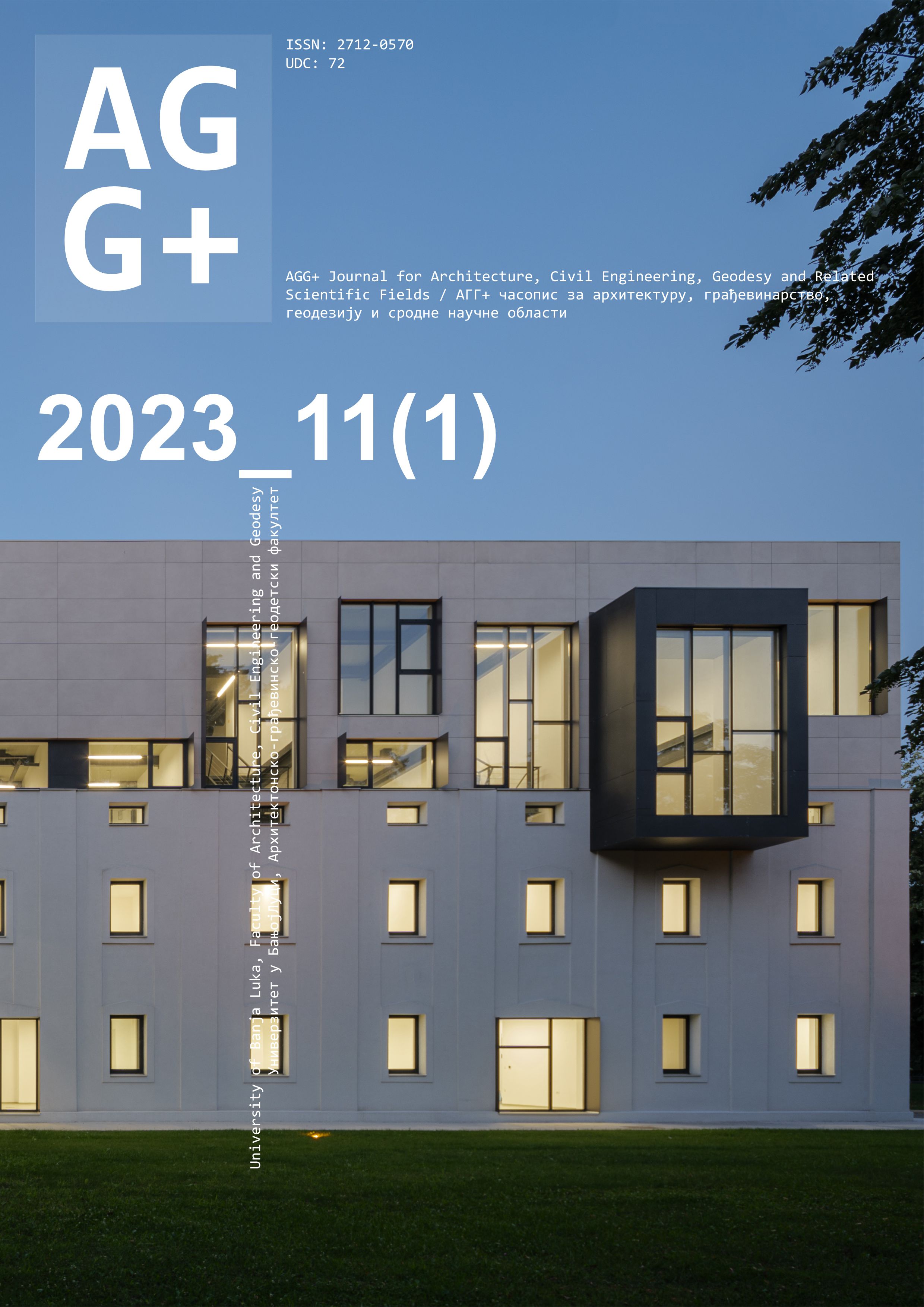The traditional role of the façade, historically centered on providing protection against environmental conditions and reducing CO₂ emissions, has been significantly redefined through advances in software technologies and material sciences. These developments have led to the emergence of the façade system as a structurally independent component functioning as an active regulator of energy consumption, thereby creating new opportunities for research and innovation. One approach to studying these systems involves the application of folding principles derived from origami, which facilitates the design of modular geometric structures capable of dynamic environmental responses. Façades composed of interconnected, homogeneous elements can effectively regulate daylight penetration and thermal energy accumulation, particularly in zones exposed to direct external influences.
To further develop such systems, it is essential to design an origami pattern whose geometric and mechanical characteristics can potentially respond to the given structural and technical challenges. This study explores the potential application of selected origami patterns in kinetic façade systems, with a focus on analyzing the actuation mechanisms that control the movement of geometric modules. Furthermore, the research evaluates the justification for integrating kinetic façade systems into contemporary architectural practice, with the aim of contributing to the development of sustainable, adaptive, and energy-efficient building envelopes.











